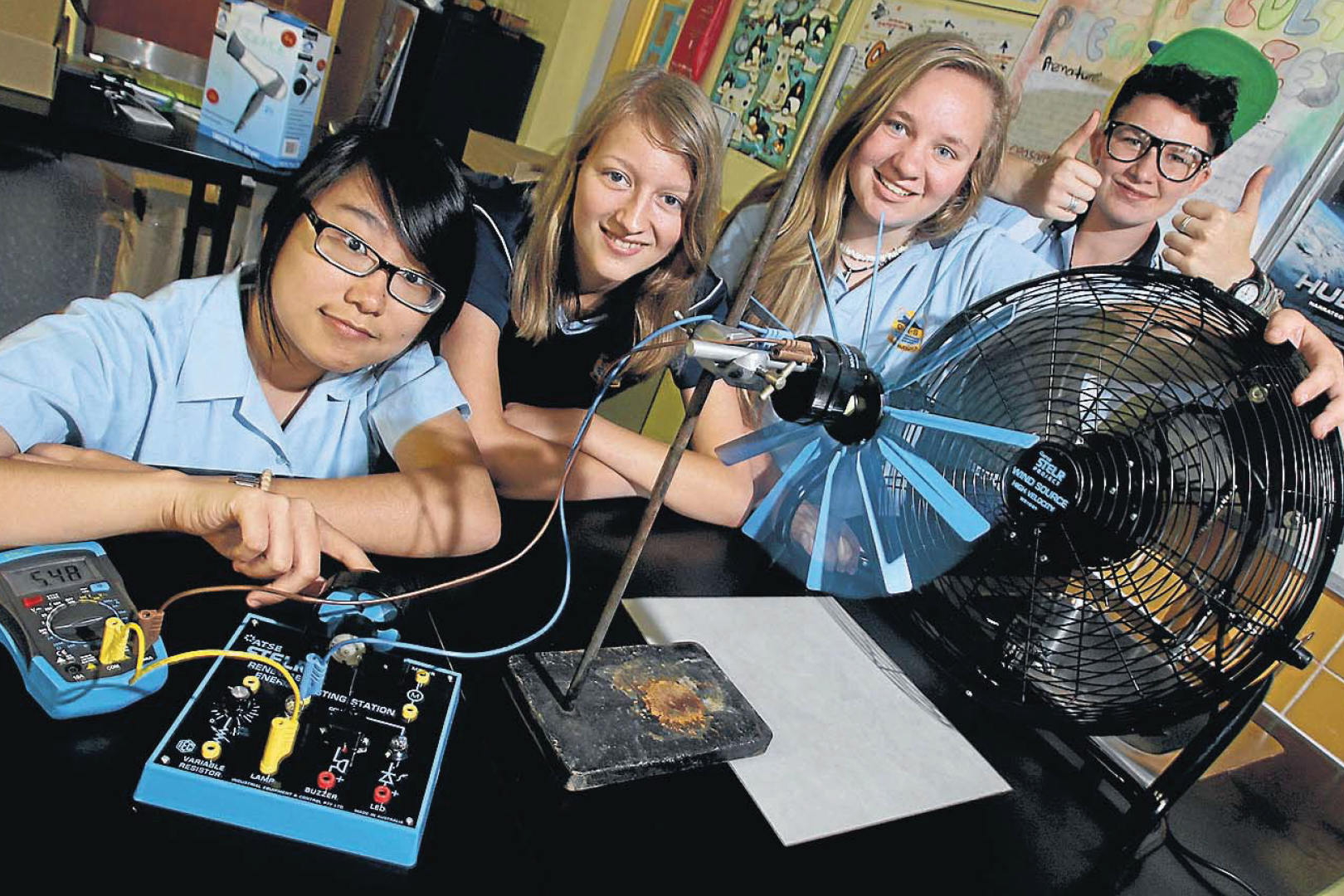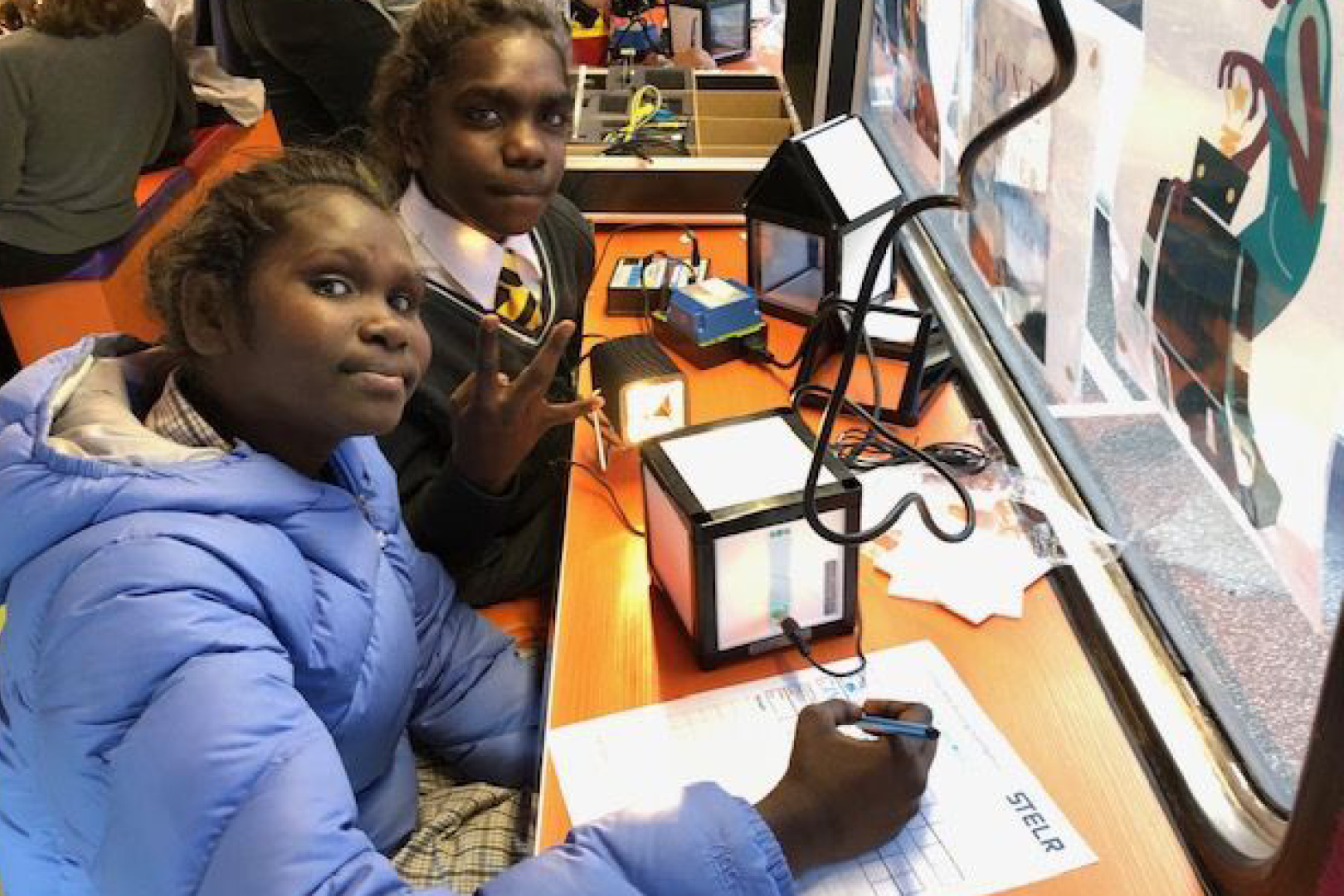
Why STELR
STELR is designed to be taught within the curriculum so that ALL students participate, not just selected students, and incorporates inquiry learning that engages and challenges students in STEM.

STELR is designed to be taught within the curriculum so that ALL students participate, not just selected students, and incorporates inquiry learning that engages and challenges students in STEM.
The STELR program’s robust and enticing equipment packs are the basis of the hands-on activities, providing an outstanding experience for students and educators alike. Purpose-built equipment allows students to undertake both guided and open-ended research. The Renewable Energy kits take students through the basics of electric circuits and energy transfers and transformations, leading into research on solar and wind electricity generation. The equipment has been designed and developed in Australia specifically for STELR and is robust, simple and easy to use.
Both students and teachers agree that the equipment is engaging and fun to use and some students enjoy the hands-on activities so much that they don’t want the lessons to end. The collaborative nature of the hands-on activities fosters communication and helps to develop creativity, team-work, time-management and organisational skills.

The STELR equipment and teaching resources have been developed to assist students to learn about the scientific inquiry process and then to design and undertake their own investigations.
STELR incorporates evidence-based, high-impact teaching and learning practices. Through the context of renewable energy technology, students learn about both the scientific method and the design process by researching, forming and testing hypotheses; planning and conducting robust investigations; collection and analysis of data and evaluation of their solutions. The STELR resources incorporate inquiry-based pedagogies that:
The inquiry-based learning approach engages and challenges students and teachers. It allows teachers to tailor the learning to meet the varied interests and abilities of their students. Students are encouraged to think and work scientifically around an issues that is relevant to them. In doing so they develop a positive disposition to engage with science and technology. Teachers report a marked increase in student engagement in the program as well as a corresponding increase in science literacy and understanding of the awareness of how scientists work.

Many science programs offered to schools (such as science competitions, awards and science fairs) are extra-curricular and target the ‘already-engaged’ students. The STELR modules are designed to be taught within the curriculum allowing participation by all students.
STELR is distinctive amongst state and national programs in that it is an excellent vehicle for fulfilling the aims of the Australian Curriculum in Science, Technologies and Mathematics. It exemplifies an inquiry-based teaching approach and the development of a coherent learning program in which curriculum aspects are all interwoven. STELR gives equal importance to, and achieves an ideal balance between Science, Technology, Engineering and Mathematics (STEM) content in a way no other program can.
In addition, through the study of global warming and the investigation of renewable energy resources, STELR demonstrates how the unifying ideas of sustainability, energy, evidence, models, explanations and theories can be developed. Moreover, STELR fosters the eight general capabilities considered to be inherent in STEM, while the knowledge and skills learned in other areas such as English and Mathematics, Technology and Design are developed throughout.
